Home>Gardening & Outdoor>Landscaping Ideas>At What Temperature Does Bermuda Grass Go Dormant
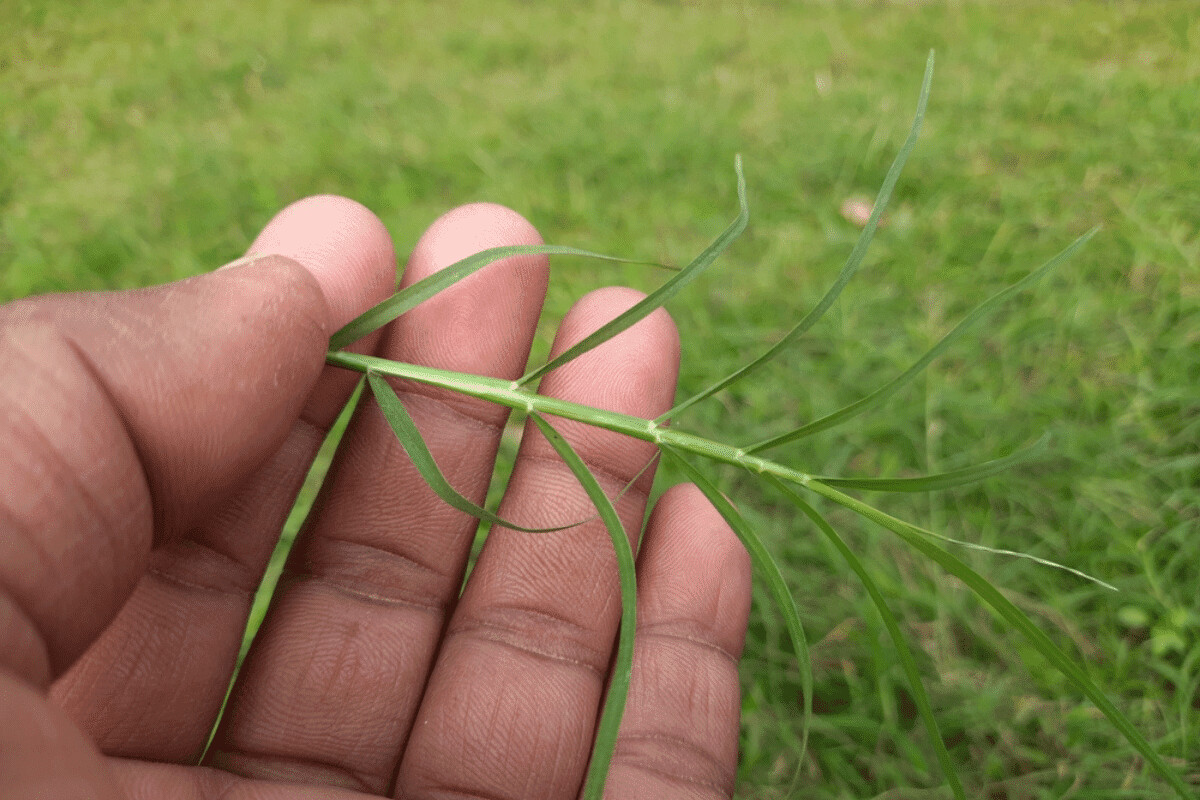

Landscaping Ideas
At What Temperature Does Bermuda Grass Go Dormant
Modified: March 28, 2024
Discover the ideal temperature for Bermuda grass dormancy and get expert landscaping ideas to maintain a lush lawn year-round. Explore effective strategies for winter lawn care.
(Many of the links in this article redirect to a specific reviewed product. Your purchase of these products through affiliate links helps to generate commission for Storables.com, at no extra cost. Learn more)
Introduction
Bermuda grass, known for its resilience and lush appearance, is a popular choice for lawns, parks, and athletic fields. However, like all living organisms, Bermuda grass is influenced by environmental factors, including temperature. Understanding the impact of temperature on Bermuda grass dormancy is crucial for maintaining its health and vitality throughout the year.
In this comprehensive guide, we will delve into the intricate relationship between temperature and Bermuda grass dormancy. By exploring the optimal temperature conditions for dormancy and the factors that influence this process, you will gain valuable insights into nurturing and preserving the beauty of your Bermuda grass. Whether you are a homeowner, a landscaping enthusiast, or a professional groundskeeper, this article will equip you with the knowledge to make informed decisions regarding Bermuda grass care.
Join us as we uncover the mysteries of Bermuda grass dormancy and discover effective strategies for managing this natural phenomenon. Let's embark on a journey to unlock the secrets of maintaining vibrant and resilient Bermuda grass in your outdoor spaces.
Key Takeaways:
- Bermuda grass goes dormant when temperatures drop below 60°F in fall and stays dormant between 55°F to 65°F in winter, emerging from dormancy when temperatures consistently exceed 60°F in spring.
- To manage Bermuda grass dormancy, adjust maintenance practices in fall, minimize foot traffic in winter, and gradually resume regular care in spring, tailored to local climate and soil conditions.
Read more: At What Temperature Does Grass Go Dormant
Understanding Bermuda Grass Dormancy
Bermuda grass, scientifically known as Cynodon dactylon, is a warm-season grass that thrives in regions with hot summers and mild winters. As temperatures fluctuate throughout the year, Bermuda grass undergoes a natural process called dormancy. Dormancy is a survival mechanism that allows the grass to conserve energy and withstand adverse environmental conditions.
During dormancy, Bermuda grass enters a period of slowed growth, where its metabolic processes are significantly reduced. This phase is characterized by a gradual change in the grass’s appearance, as it transitions from its vibrant green hue to a dormant, straw-like color. While this change may initially cause concern for property owners, it is an intrinsic part of Bermuda grass’s life cycle.
Understanding the dynamics of Bermuda grass dormancy is essential for effectively managing its care. By recognizing the signs of dormancy and comprehending the underlying biological processes, individuals can make informed decisions to support the grass’s well-being. Furthermore, being well-versed in Bermuda grass dormancy enables property owners to set realistic expectations and implement appropriate maintenance practices during this period.
As we delve deeper into the intricacies of Bermuda grass dormancy, we will unravel the factors that influence this phenomenon and explore the optimal temperature conditions for promoting and sustaining dormancy. By gaining a profound understanding of Bermuda grass dormancy, you will be empowered to nurture and preserve the vitality of this resilient grass species throughout its life cycle.
Factors Affecting Bermuda Grass Dormancy
The dormancy of Bermuda grass is influenced by a myriad of factors, each playing a crucial role in shaping the grass’s response to environmental conditions. Understanding these factors is essential for effectively managing Bermuda grass and promoting its resilience throughout the year.
Temperature: One of the primary factors impacting Bermuda grass dormancy is temperature. As temperatures begin to decline, particularly during the onset of fall, Bermuda grass undergoes physiological changes that trigger the dormancy process. Cooler temperatures signal to the grass that it is time to conserve energy and enter a state of reduced metabolic activity. Conversely, as temperatures rise in the spring, Bermuda grass emerges from dormancy and resumes active growth.
Day Length: The duration of daylight also influences Bermuda grass dormancy. Shorter days and longer nights signal to the grass that the growing season is coming to an end, prompting it to prepare for dormancy. Conversely, lengthening daylight hours in the spring stimulate the grass to emerge from dormancy and resume growth.
Soil Moisture: The availability of soil moisture plays a vital role in Bermuda grass dormancy. Inadequate soil moisture levels can induce premature dormancy or weaken the grass, making it more susceptible to stress and damage. Conversely, optimal soil moisture levels support the grass’s resilience and ability to transition in and out of dormancy effectively.
Nutrient Levels: The nutrient status of the soil profoundly impacts Bermuda grass dormancy. Balanced soil fertility, characterized by appropriate levels of essential nutrients such as nitrogen, phosphorus, and potassium, supports the grass’s overall health and its ability to navigate dormancy successfully.
Stress Factors: Environmental stressors, such as excessive foot traffic, mowing at incorrect heights, or pest infestations, can trigger premature dormancy or weaken Bermuda grass. By mitigating these stress factors and implementing proper maintenance practices, property owners can minimize the impact of external stressors on the grass’s dormancy cycle.
By considering these influential factors, property owners and groundskeepers can proactively manage Bermuda grass dormancy, ensuring that the grass remains resilient and vibrant throughout its life cycle. In the following sections, we will explore the optimal temperature conditions for Bermuda grass dormancy and discuss effective strategies for managing this natural phenomenon.
Bermuda grass goes dormant when temperatures consistently drop below 50°F (10°C). To prevent dormancy, consider overseeding with a cool-season grass or providing winter protection.
Optimal Temperature for Bermuda Grass Dormancy
Temperature plays a pivotal role in orchestrating the dormancy cycle of Bermuda grass. Understanding the optimal temperature conditions for dormancy is essential for property owners and groundskeepers seeking to support the grass’s health and vitality throughout the year.
Fall Transition: As the summer transitions into fall, Bermuda grass begins to respond to the gradual decline in temperatures. The onset of dormancy is typically triggered when nighttime temperatures consistently drop below 60°F (15.5°C). This shift in temperature signals to the grass that it is time to prepare for dormancy, leading to a reduction in metabolic activity and growth.
Winter Dormancy: During the winter months, Bermuda grass enters a state of dormancy as temperatures continue to decrease. The optimal temperature range for sustaining dormancy lies between 55°F to 65°F (12.8°C to 18.3°C). Within this temperature range, the grass conserves energy and remains in a dormant state, exhibiting minimal growth and metabolic activity.
Spring Emergence: As temperatures begin to rise in the spring, Bermuda grass responds to the increasing warmth by emerging from dormancy and initiating active growth. The transition from dormancy to active growth is typically stimulated when nighttime temperatures consistently exceed 60°F (15.5°C) and daytime temperatures reach and surpass 75°F (23.9°C). These optimal temperature conditions signal to the grass that it is time to resume growth, leading to the rejuvenation of its lush green appearance.
It is important to note that while these temperature ranges provide general guidelines for Bermuda grass dormancy, regional variations and microclimates can influence the grass’s response to temperature. Therefore, property owners and groundskeepers should closely monitor local weather patterns and temperature fluctuations to make informed decisions regarding Bermuda grass care.
By understanding the nuanced relationship between temperature and Bermuda grass dormancy, individuals can implement proactive measures to support the grass’s transition in and out of dormancy effectively. In the following section, we will explore strategies for managing Bermuda grass dormancy and nurturing its resilience throughout the year.
Managing Bermuda Grass Dormancy
Effectively managing Bermuda grass dormancy is essential for preserving the grass’s health and vitality while ensuring its resilience throughout the year. By implementing proactive strategies tailored to the grass’s dormancy cycle, property owners and groundskeepers can support Bermuda grass through its transition in and out of dormancy.
Fall Preparations: As temperatures begin to cool in the fall, property owners can prepare Bermuda grass for dormancy by adjusting their maintenance practices. Gradually reducing the frequency of mowing and applying a slow-release, low-nitrogen fertilizer can help the grass transition into dormancy smoothly. Additionally, maintaining optimal soil moisture levels through targeted irrigation supports the grass’s resilience during this period.
Winter Care: During the winter months, when Bermuda grass is in a state of dormancy, it is essential to minimize foot traffic on the lawn to prevent damage to the grass blades. While the grass exhibits minimal growth during this period, periodic inspections for pest infestations and diseases can help mitigate potential threats to the grass’s health. Additionally, ensuring that the grass receives adequate sunlight, even during dormancy, supports its overall well-being.
Spring Revitalization: As temperatures rise in the spring, Bermuda grass emerges from dormancy and begins active growth. Property owners can facilitate this transition by gradually resuming regular mowing and applying a balanced, slow-release fertilizer to replenish essential nutrients. Aerating the soil and addressing any compacted areas can promote healthy growth and rejuvenate the grass’s appearance.
Adaptation to Local Conditions: Recognizing the unique climatic and environmental conditions in your region is crucial for effectively managing Bermuda grass dormancy. By staying informed about local weather patterns, temperature fluctuations, and soil characteristics, property owners can tailor their maintenance practices to align with the grass’s specific needs, promoting its resilience and vitality.
Integrated Pest Management: Implementing an integrated pest management approach that focuses on preventive measures and environmentally sustainable pest control practices can safeguard Bermuda grass from potential threats during dormancy and active growth periods. Regular monitoring for pests and diseases, coupled with judicious use of targeted treatments, supports the grass’s overall health.
By adopting a proactive and informed approach to managing Bermuda grass dormancy, property owners and groundskeepers can nurture the resilience and vibrancy of this beloved grass species. Understanding the interplay between temperature, maintenance practices, and the grass’s natural life cycle is key to fostering a thriving and resilient Bermuda grass landscape.
Read more: What Month Does Bermuda Grass Go Dormant
Conclusion
Embarking on a journey to understand Bermuda grass dormancy has unveiled the intricate relationship between temperature, environmental factors, and the grass’s natural life cycle. As property owners and groundskeepers, gaining insights into the optimal temperature conditions for Bermuda grass dormancy equips us with the knowledge to nurture and preserve the vitality of this resilient grass species throughout its seasonal transitions.
By comprehending the nuanced interplay of temperature and dormancy, we have uncovered strategies for effectively managing Bermuda grass through its dormant and active growth phases. From preparing the grass for dormancy in the fall to facilitating its rejuvenation in the spring, our proactive measures align with the grass’s specific needs, promoting its resilience and vibrancy.
As we navigate the ebb and flow of Bermuda grass dormancy, it is imperative to adapt our maintenance practices to local conditions, recognizing the unique environmental characteristics that shape the grass’s response to temperature and other influential factors. By doing so, we can foster a thriving Bermuda grass landscape that flourishes in harmony with its surroundings.
As we conclude our exploration of Bermuda grass dormancy, let us carry forward the knowledge and insights gained, embracing the natural rhythms of this resilient grass species. By embracing proactive and informed care practices, we can cultivate lush, vibrant lawns and outdoor spaces adorned with the beauty of Bermuda grass, a testament to our dedication to nurturing the natural world around us.
With a deeper understanding of Bermuda grass dormancy and the optimal temperature conditions that influence its life cycle, we are poised to embark on a journey of stewardship, ensuring the enduring vitality and beauty of Bermuda grass in our outdoor landscapes.
Frequently Asked Questions about At What Temperature Does Bermuda Grass Go Dormant
Was this page helpful?
At Storables.com, we guarantee accurate and reliable information. Our content, validated by Expert Board Contributors, is crafted following stringent Editorial Policies. We're committed to providing you with well-researched, expert-backed insights for all your informational needs.
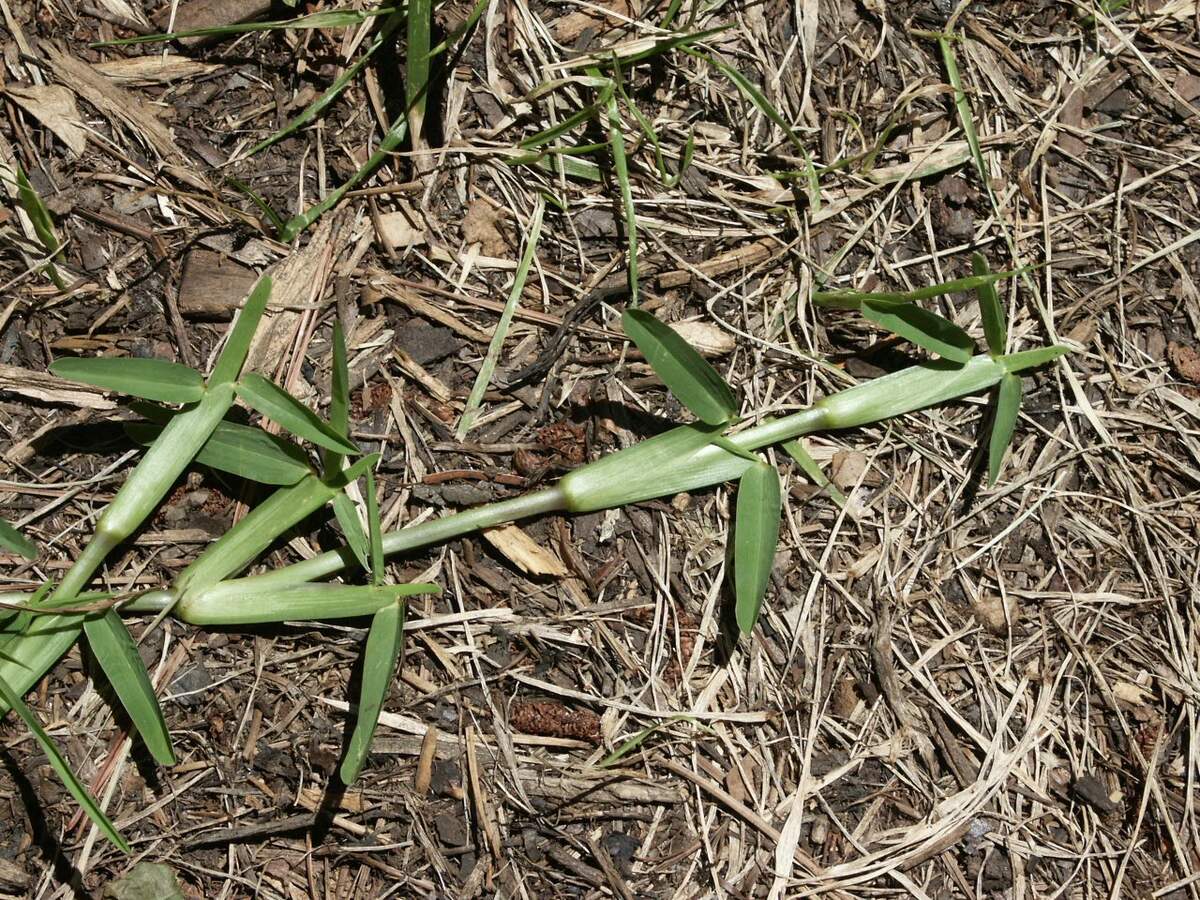
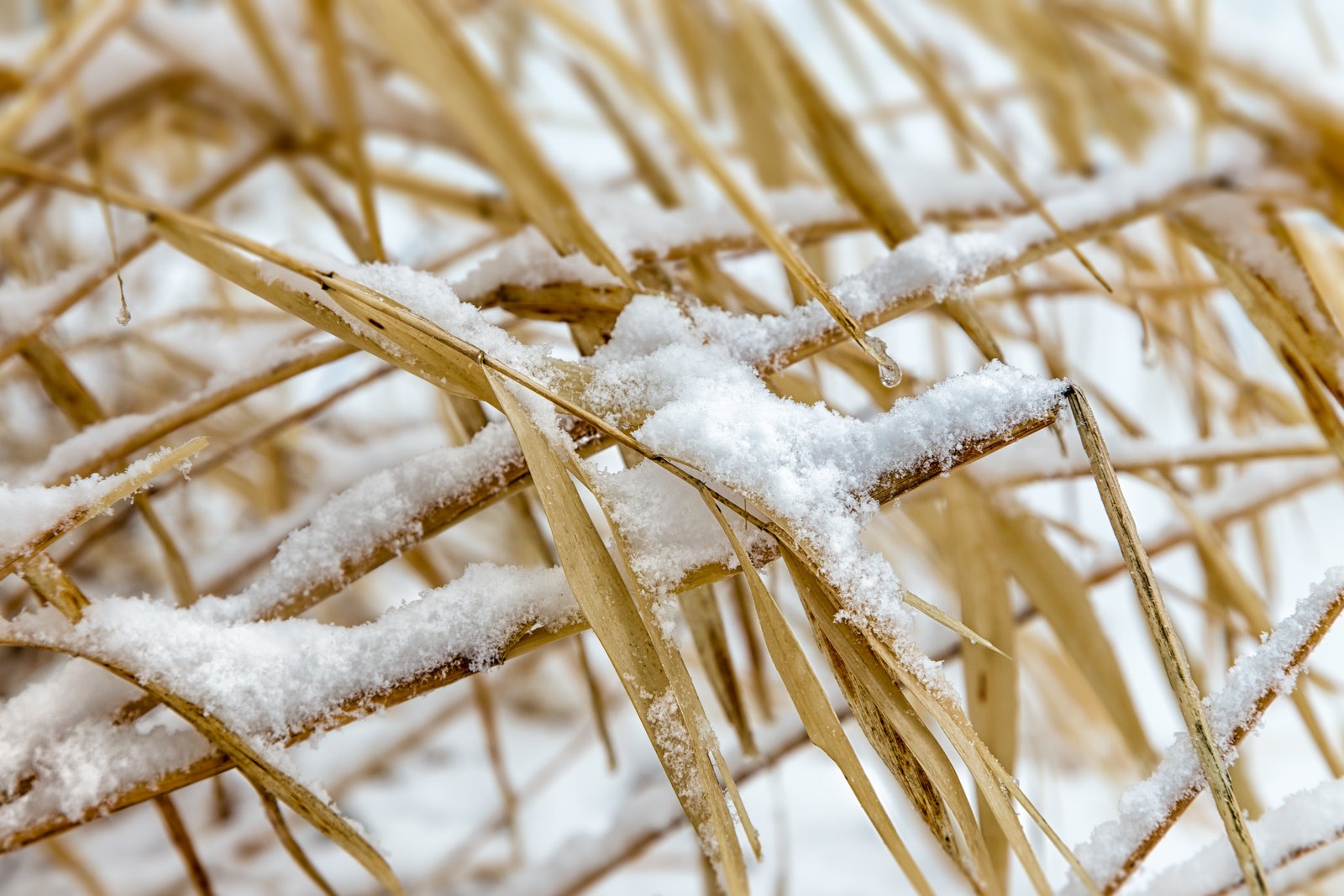
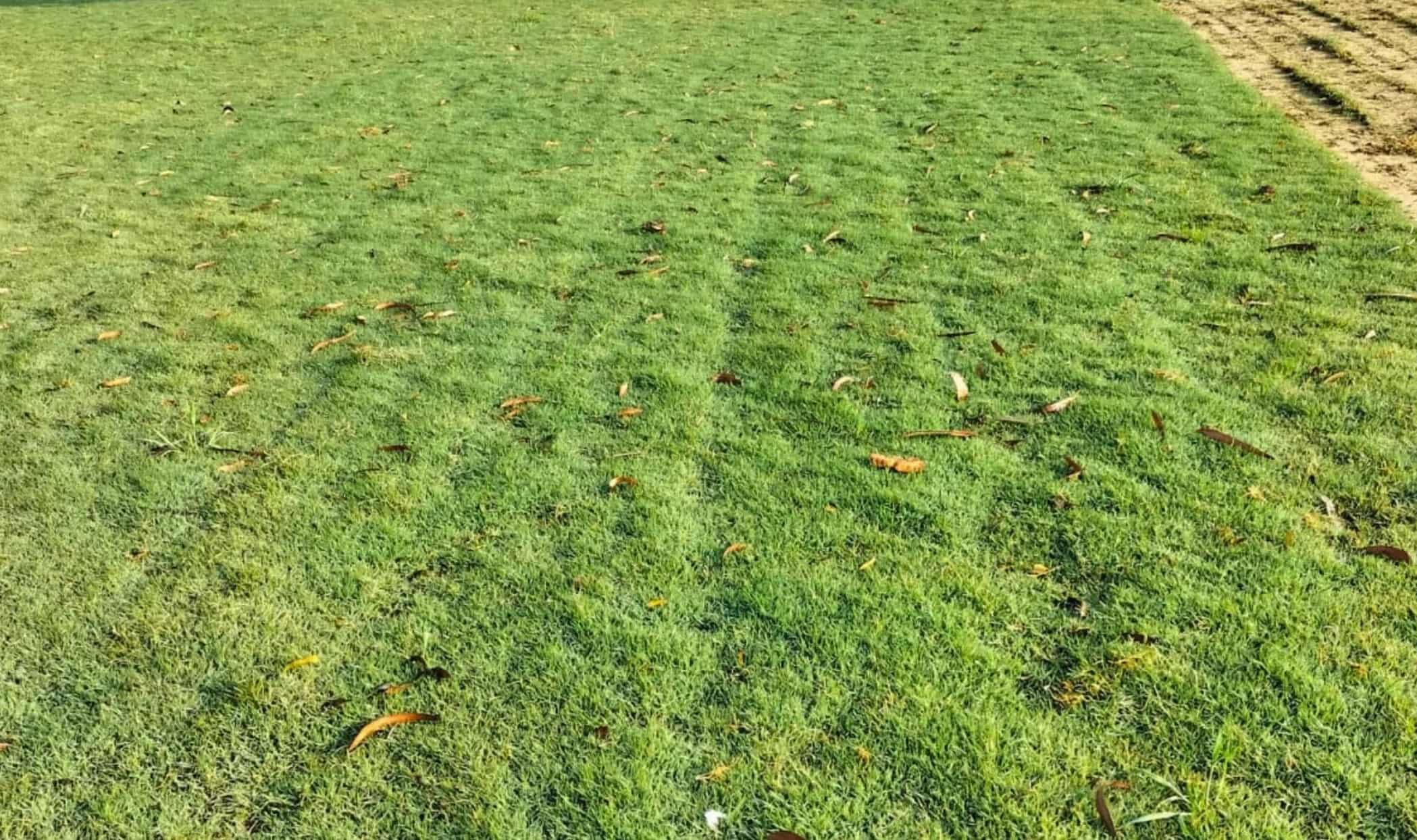
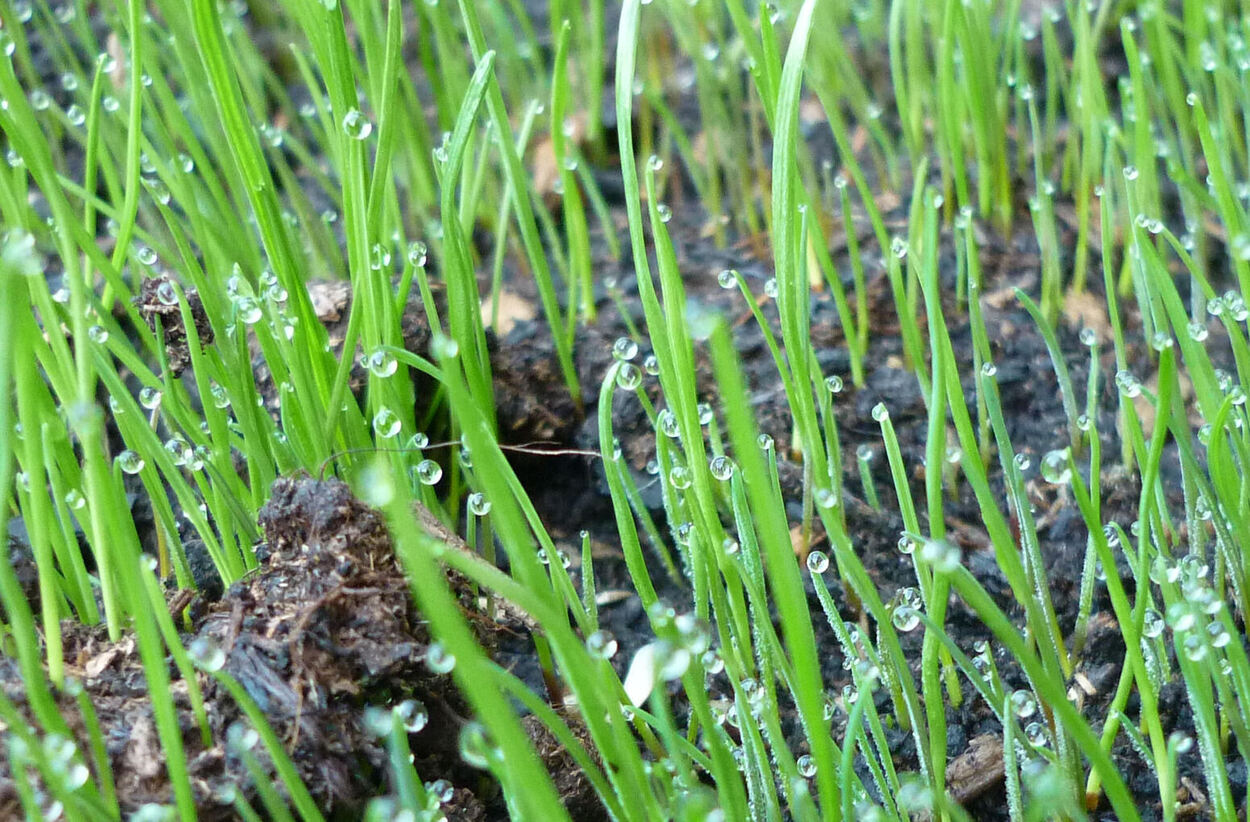
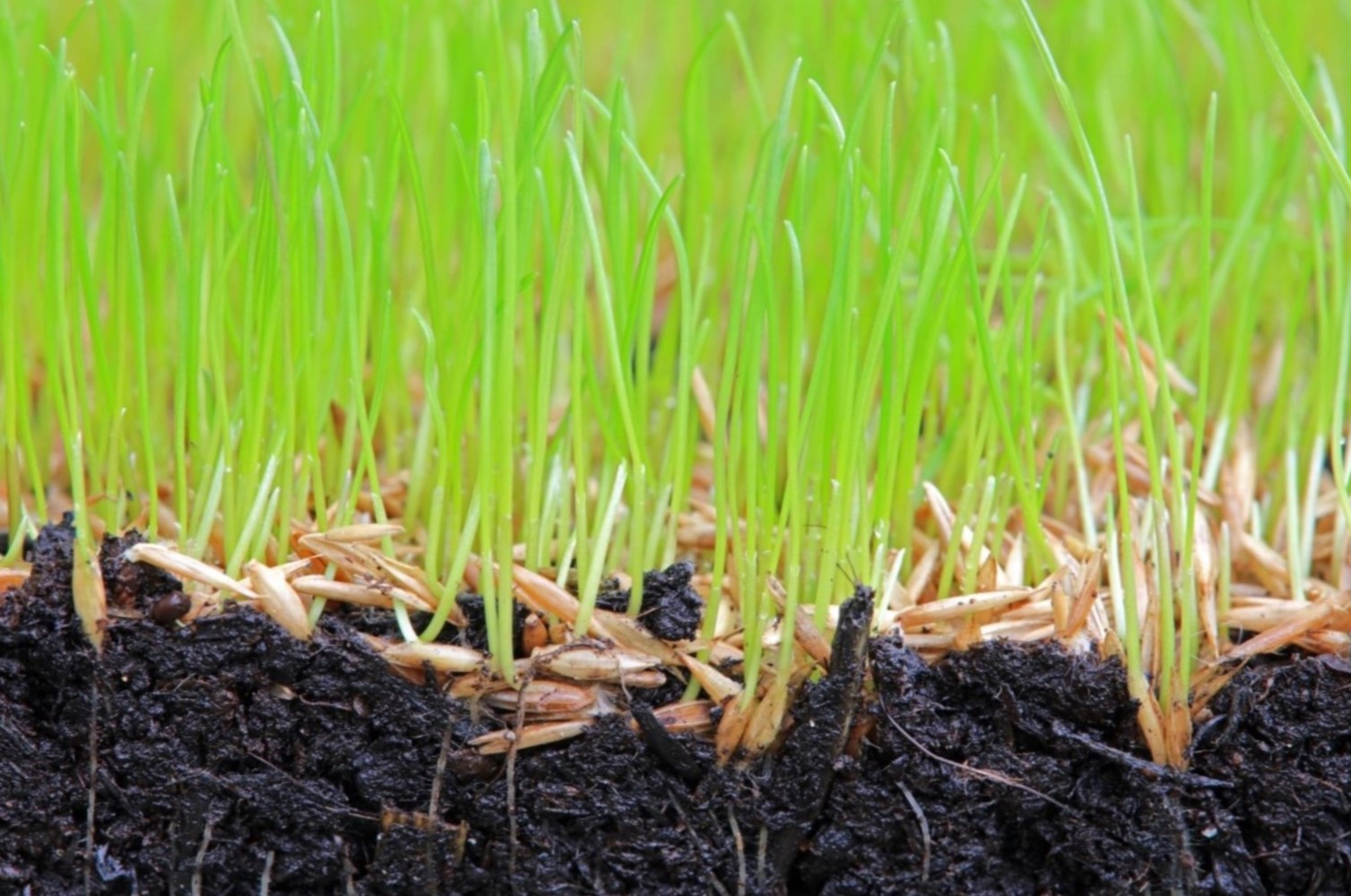
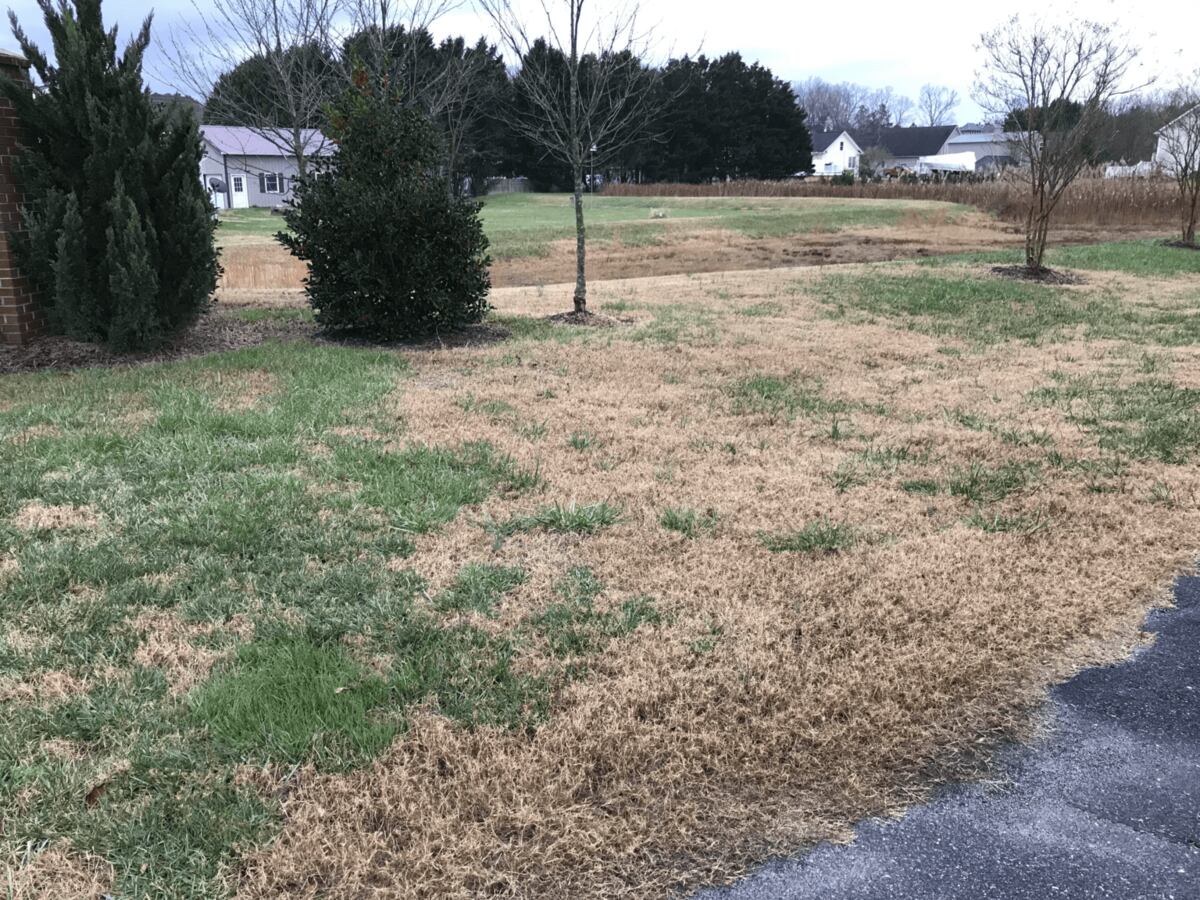
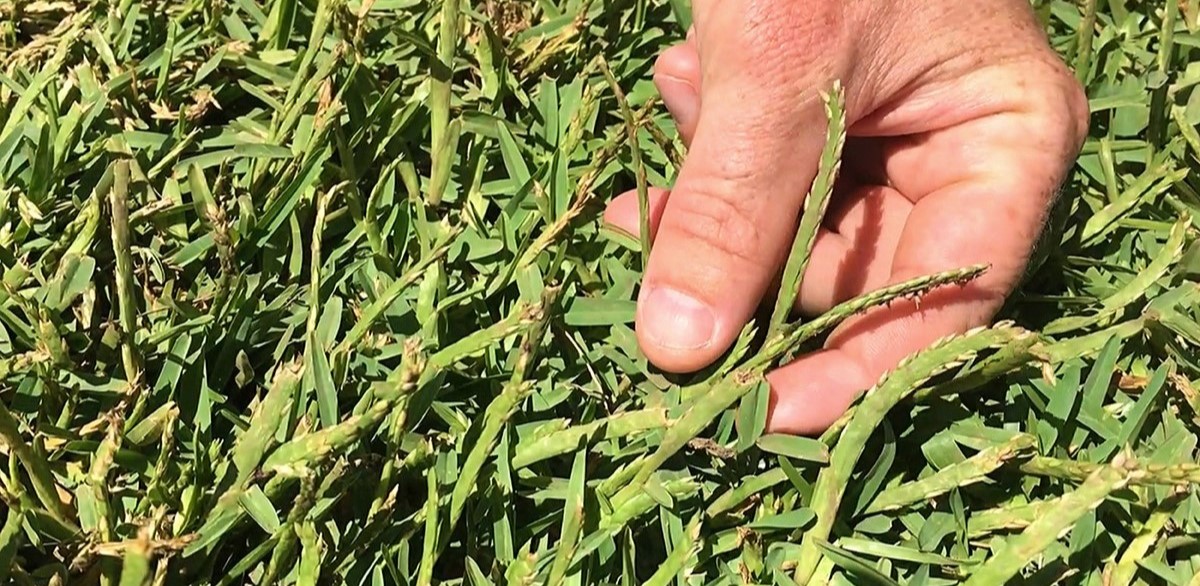
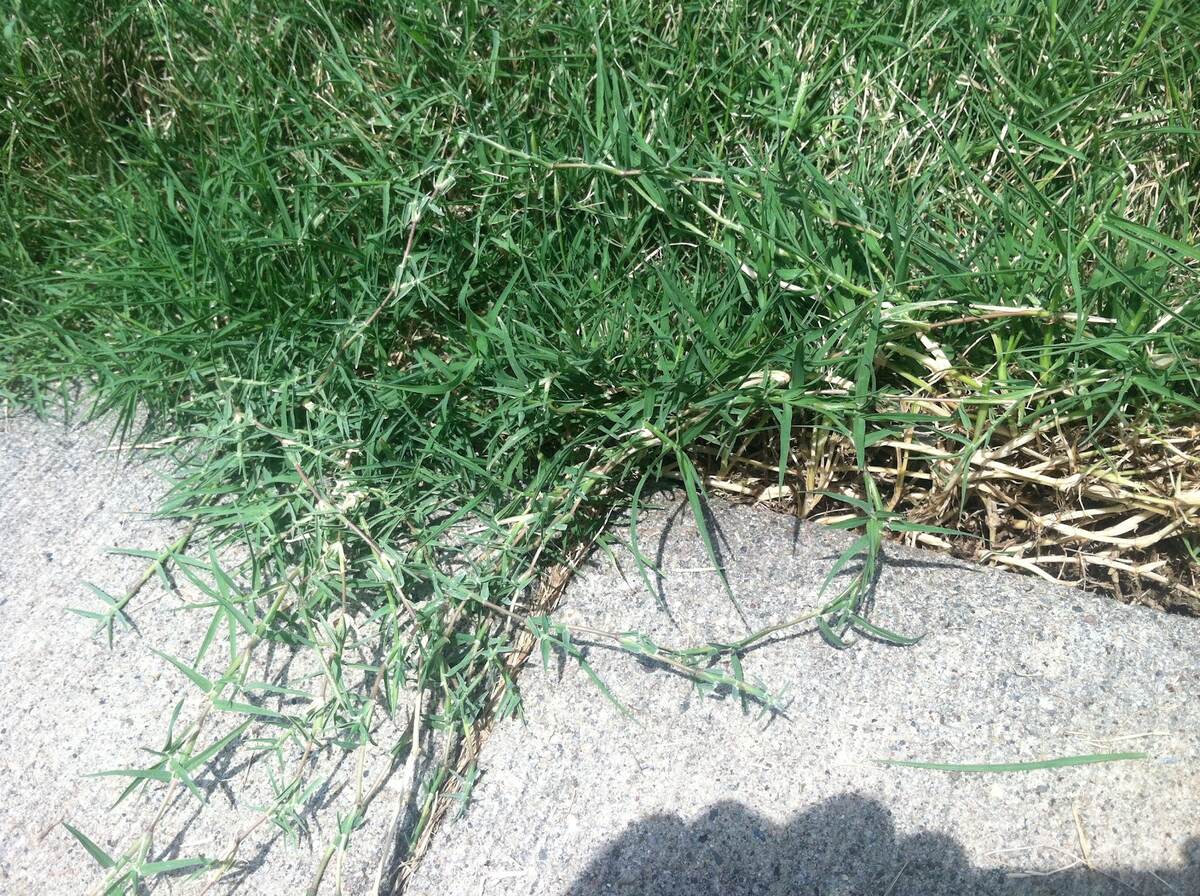
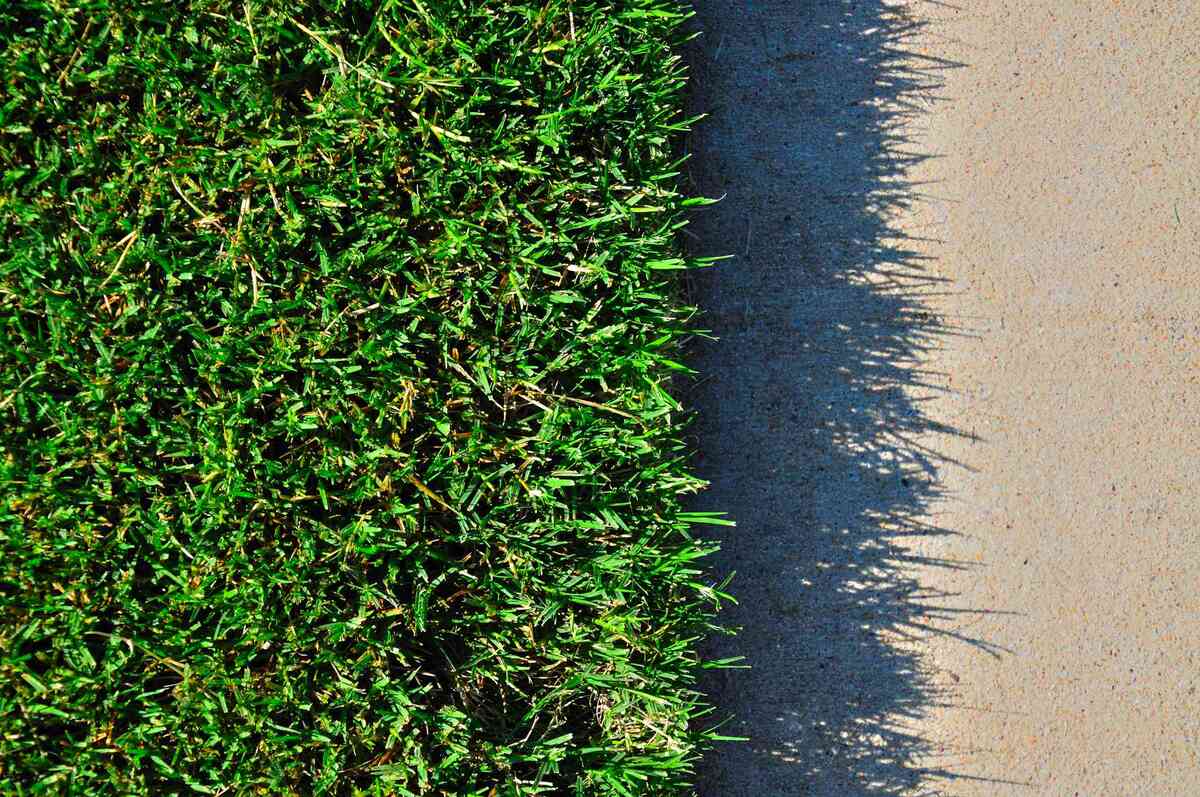

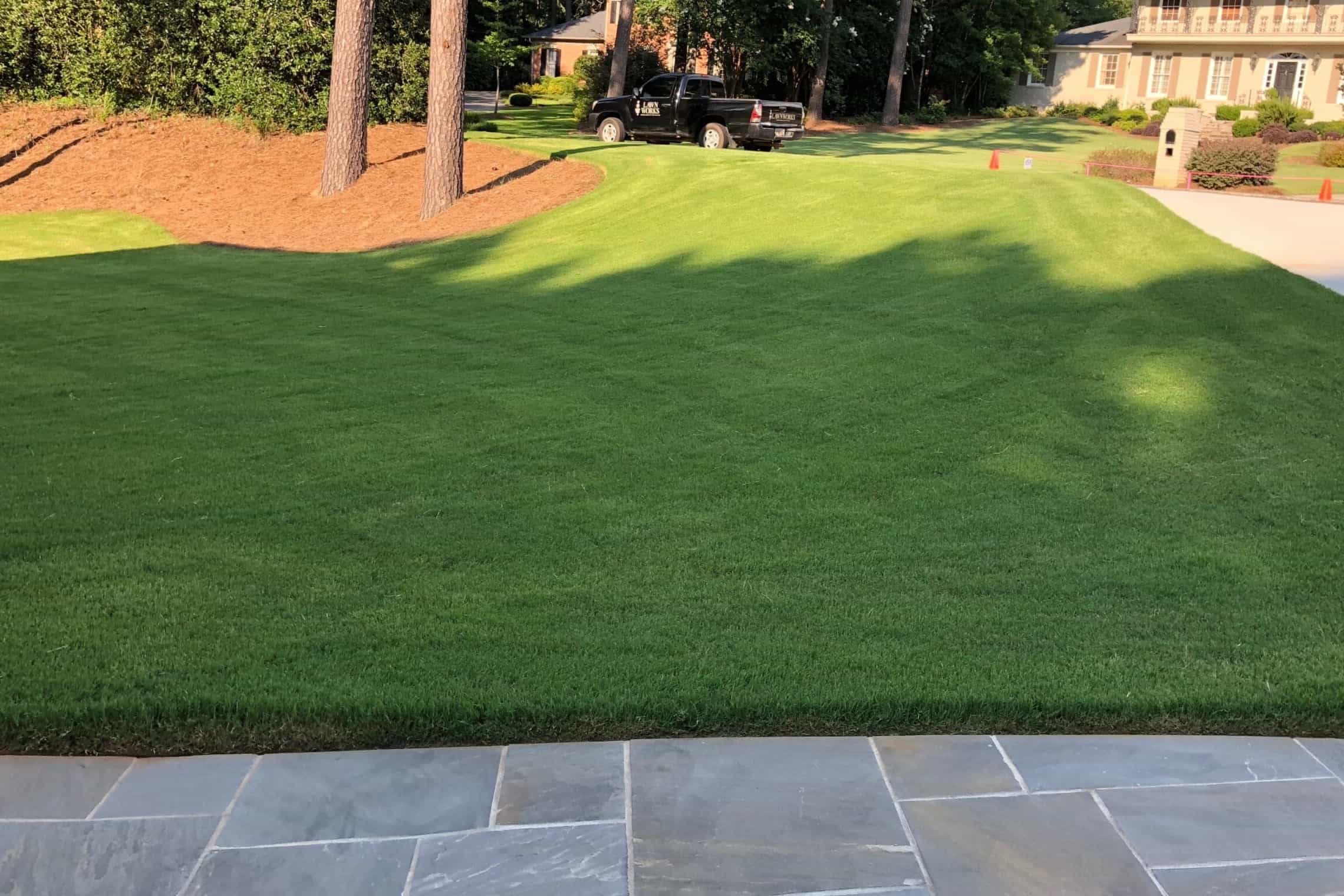
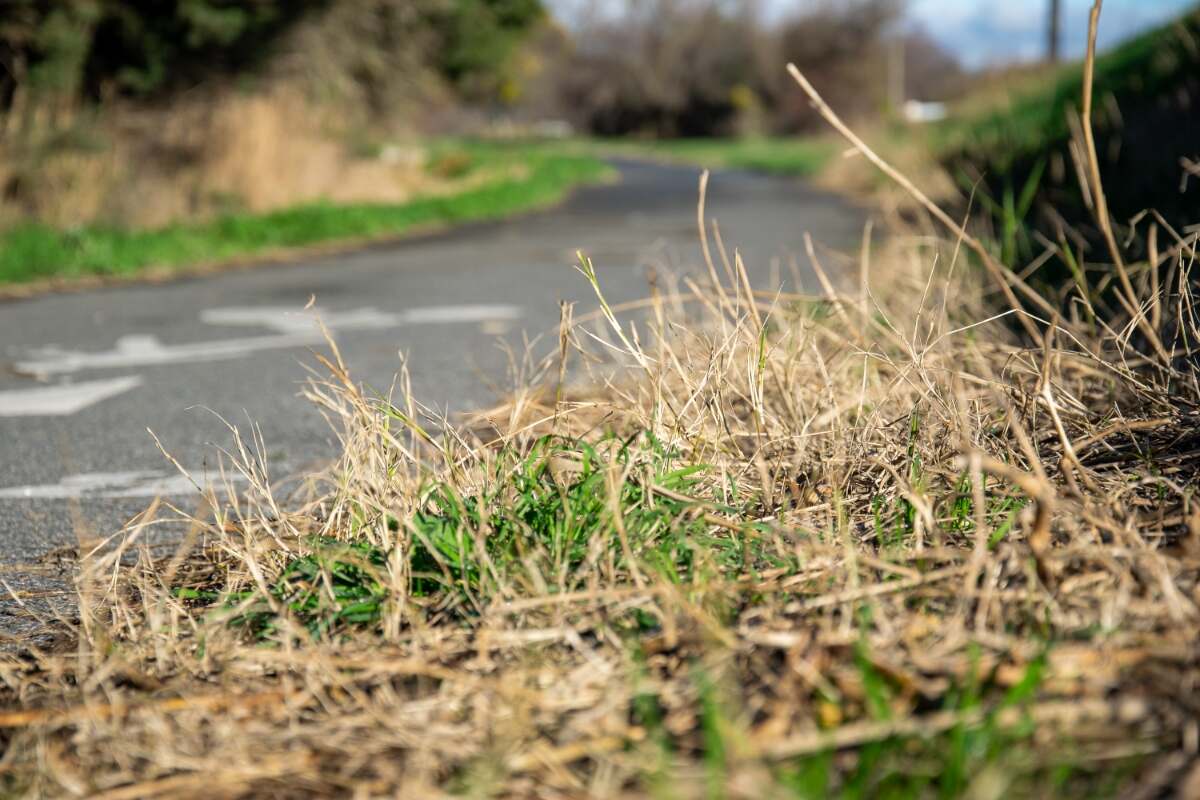
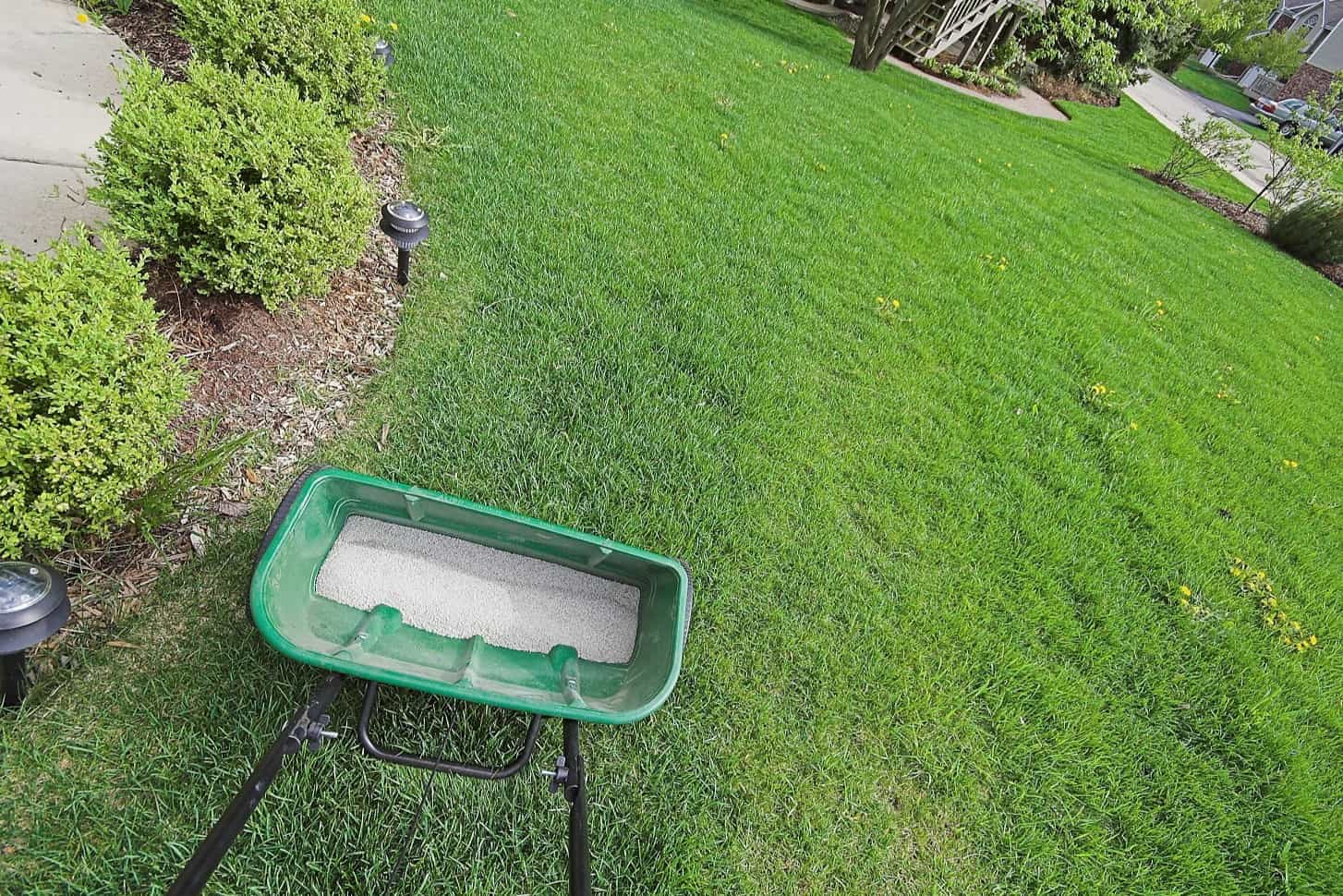
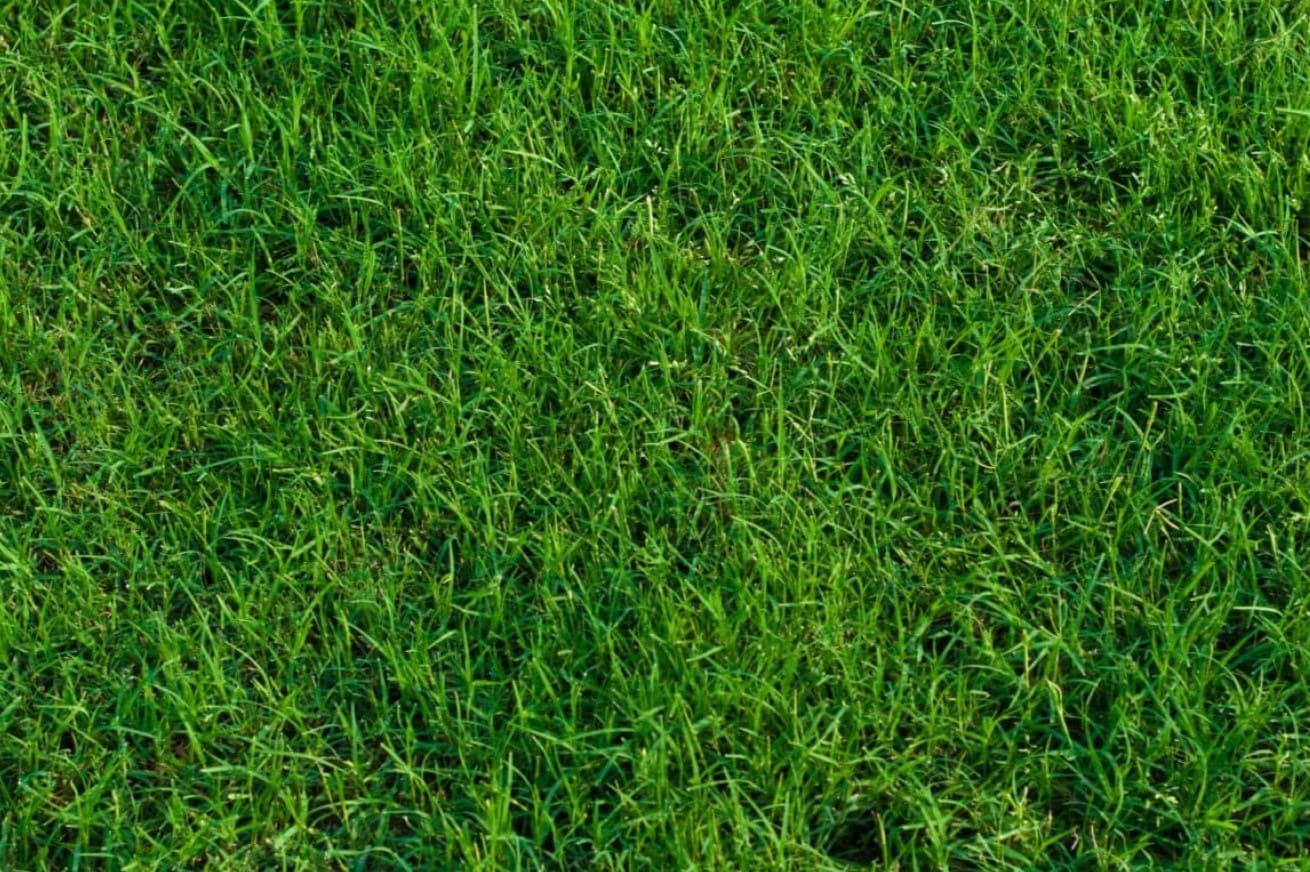

0 thoughts on “At What Temperature Does Bermuda Grass Go Dormant”